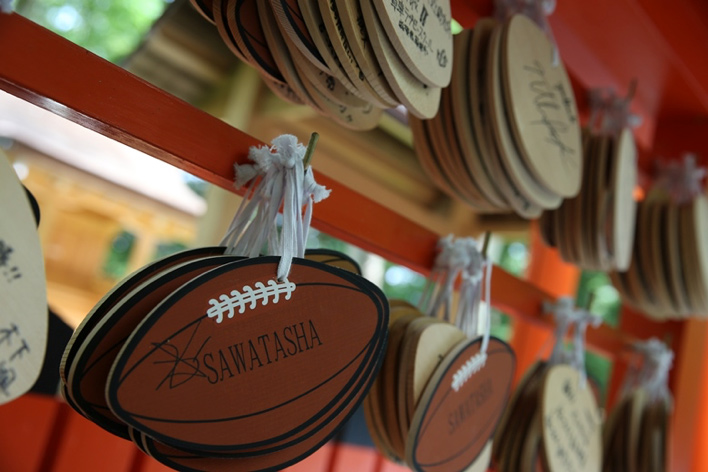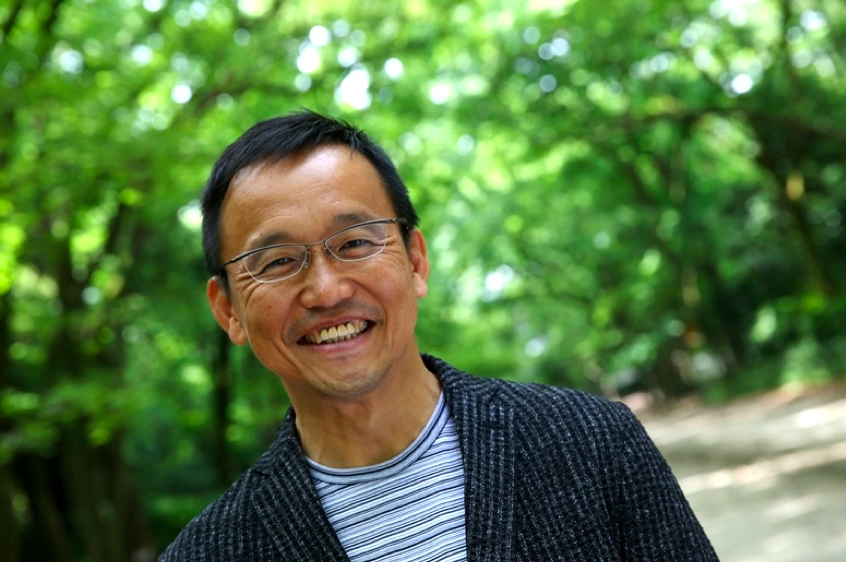A World Heritage Site, Shimogamo Shrine is located in the Sakyo Ward of Japan’s ancient capital, Kyoto. The buildings on the east and west of the shrine are both designated as national treasures. Records indicate that the fence around the shrine was repaired during the reign of Emperor Sujin (90 BC) implying the buildings themselves were constructed earlier. Sawata Shrine is located here with deep roots to rugby.
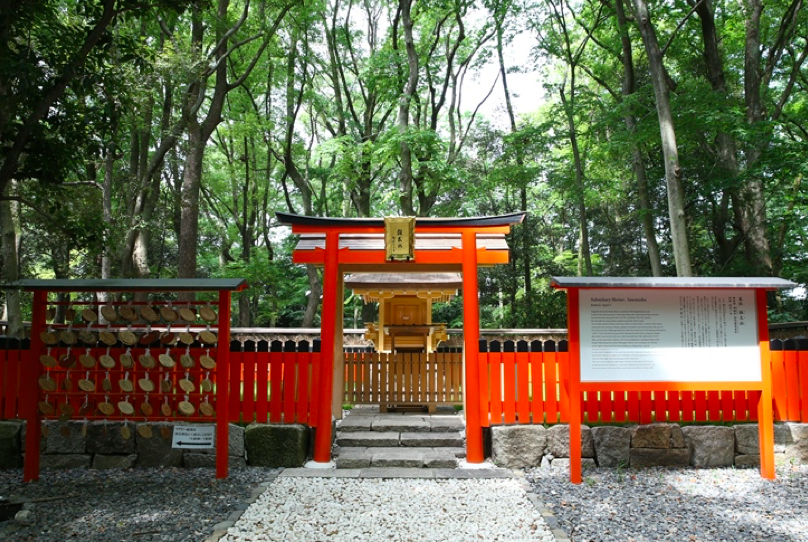 Sawata Shrine has been known as a place of worship for many involved in sports using balls. Long since deteriorated, it was refurbished in 2017. A stone wall is located next to Sawata Shrine and here the words “The First Kick” are written. Here is the spot where Japanese in western Japan first played rugby. Students from Keio University taught students from Kyoto’s Daisan High School in 1910. Daisan High School was one of Japan’s eight numbered schools and was considered an elite high school. The rugby team from this high school helped expand the sport throughout western Japan. Graduates from middle, and high schools in Kyoto and Osaka went onto Tokyo University and Waseda University and created rugby teams in schools in eastern Japan and this is what helped move rugby into the wider Japanese community.
Sawata Shrine has been known as a place of worship for many involved in sports using balls. Long since deteriorated, it was refurbished in 2017. A stone wall is located next to Sawata Shrine and here the words “The First Kick” are written. Here is the spot where Japanese in western Japan first played rugby. Students from Keio University taught students from Kyoto’s Daisan High School in 1910. Daisan High School was one of Japan’s eight numbered schools and was considered an elite high school. The rugby team from this high school helped expand the sport throughout western Japan. Graduates from middle, and high schools in Kyoto and Osaka went onto Tokyo University and Waseda University and created rugby teams in schools in eastern Japan and this is what helped move rugby into the wider Japanese community.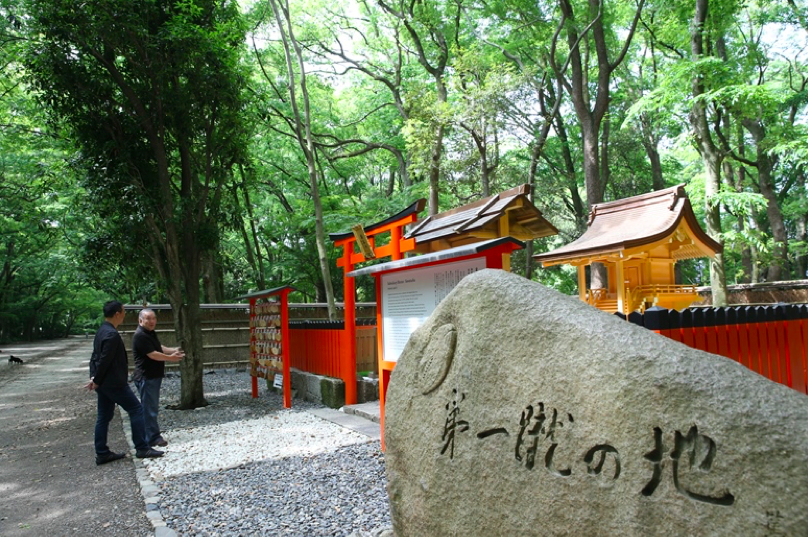 The sign, “The First Kick” was created in 1969 by alumni of Daisan High School. Sawata Shrine was refurbished in May 2017 as a part of the pool selection for the 2019 Rugby World Cup. The morning of the drawing, Mr. Joe Schmidt, head coach of the Irish team came to Shimogame Shine along with others to participate in a tradition held at this shrine; kicking the ball into the air repeatedly without letting it touch the ground. The Web Ellis Cup, the trophy cup of the RWC has also made an appearance here. This shrine, and this space is sacred ground for many Japanese rugby players and those associated with the sport.
The sign, “The First Kick” was created in 1969 by alumni of Daisan High School. Sawata Shrine was refurbished in May 2017 as a part of the pool selection for the 2019 Rugby World Cup. The morning of the drawing, Mr. Joe Schmidt, head coach of the Irish team came to Shimogame Shine along with others to participate in a tradition held at this shrine; kicking the ball into the air repeatedly without letting it touch the ground. The Web Ellis Cup, the trophy cup of the RWC has also made an appearance here. This shrine, and this space is sacred ground for many Japanese rugby players and those associated with the sport.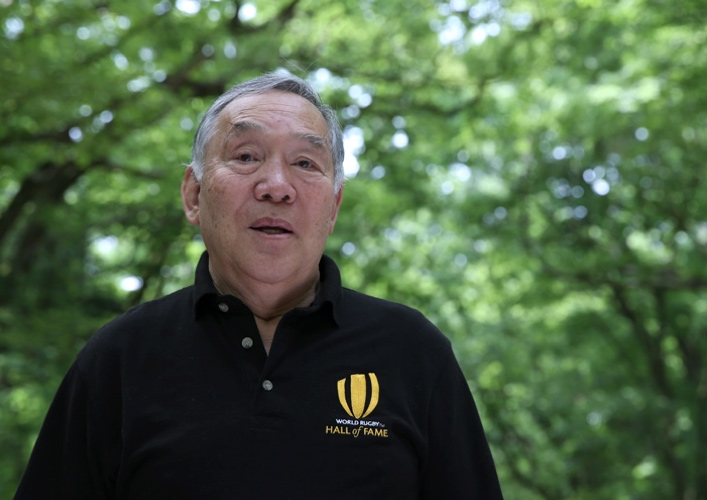 Mr. Yoshihiro Sakata (age 76) is a former all-Japan player (wing) and is one of the most well known Japanese in the rugby world. In 1969 he went to New Zealand alone where he played for Caterbury University. He later was selected to play for the region of Canterbury. At this time, many All Blacks players were also playing for the region of Canterbury and many Kiwis were shocked to find a Japanese playing for their community.
Mr. Yoshihiro Sakata (age 76) is a former all-Japan player (wing) and is one of the most well known Japanese in the rugby world. In 1969 he went to New Zealand alone where he played for Caterbury University. He later was selected to play for the region of Canterbury. At this time, many All Blacks players were also playing for the region of Canterbury and many Kiwis were shocked to find a Japanese playing for their community.
His recognition came in 2012 when he was inducted into the World Rugby Hall of Fame, the 51st overall, the first Japanese to be inducted. Currently he serves as the vice-chairman of the Japan Rugby Football Association and is also the chairman of the Kansai Rugby Football Association. Mr. Sakata lives in Kyoto near Shimogamo Shrine and played a role in the refurbishment of the Rugby Shrine (Sawata Shrine). The photo seen here is of him explaining the history of this shrine to rugby journalist, Kohichi Murakami. Mr. Sakata wanted to leave a legacy for the Rugby World Cup to be held in Japan for the first time in 2019. The refurbishment of the Sawata Shrine is one such legacy. In 2017 when the selection for the 2019 world cup pools were being selected, he took all of the head coaches from around the world who were visiting Kyoto to Shimogamo Shrine and had them participate in a kemari event (kicking the ball in the air and keeping it from touching the ground). Several hundred participated in this event including the head coaches and media. It was a day to remember.
Mr. Sakata lives in Kyoto near Shimogamo Shrine and played a role in the refurbishment of the Rugby Shrine (Sawata Shrine). The photo seen here is of him explaining the history of this shrine to rugby journalist, Kohichi Murakami. Mr. Sakata wanted to leave a legacy for the Rugby World Cup to be held in Japan for the first time in 2019. The refurbishment of the Sawata Shrine is one such legacy. In 2017 when the selection for the 2019 world cup pools were being selected, he took all of the head coaches from around the world who were visiting Kyoto to Shimogamo Shrine and had them participate in a kemari event (kicking the ball in the air and keeping it from touching the ground). Several hundred participated in this event including the head coaches and media. It was a day to remember.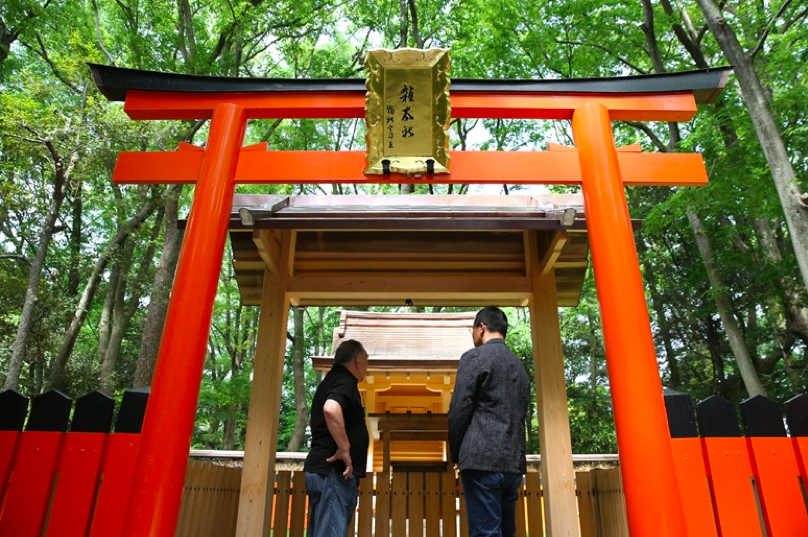 This event launched the presence of Sawata Shrine throughout Japan and now many rugby players from all over come to offer prayers asking for luck and favors. You will see requests written all over the premises: “I hope to become a better rugby player”, “I want to play in the national championship”.
This event launched the presence of Sawata Shrine throughout Japan and now many rugby players from all over come to offer prayers asking for luck and favors. You will see requests written all over the premises: “I hope to become a better rugby player”, “I want to play in the national championship”.


